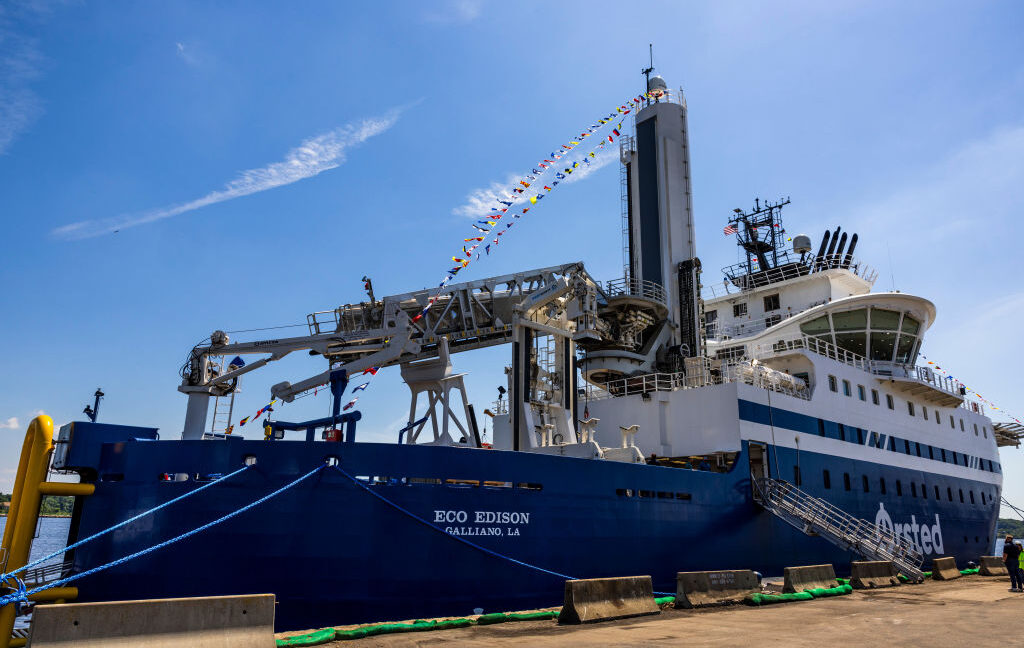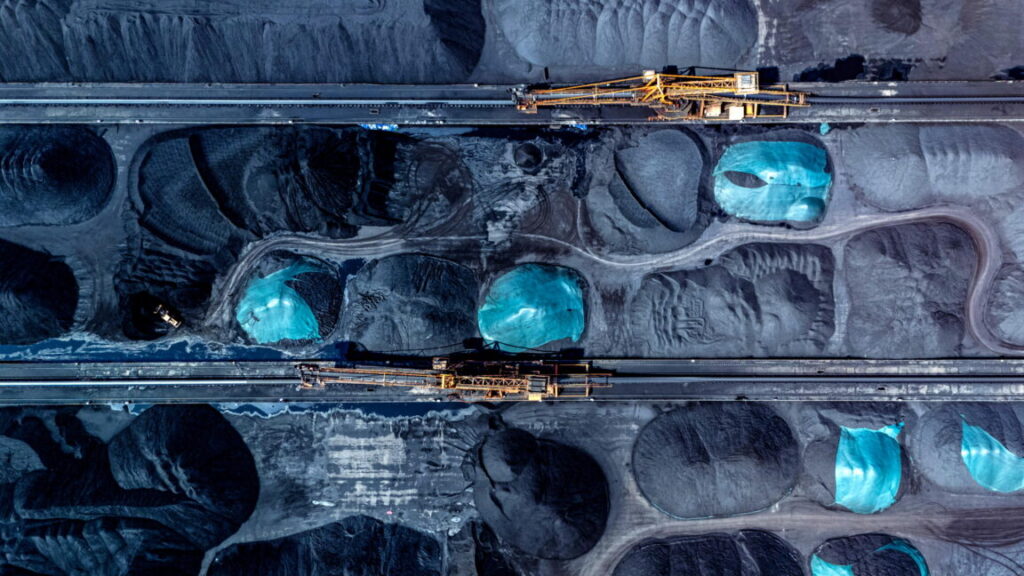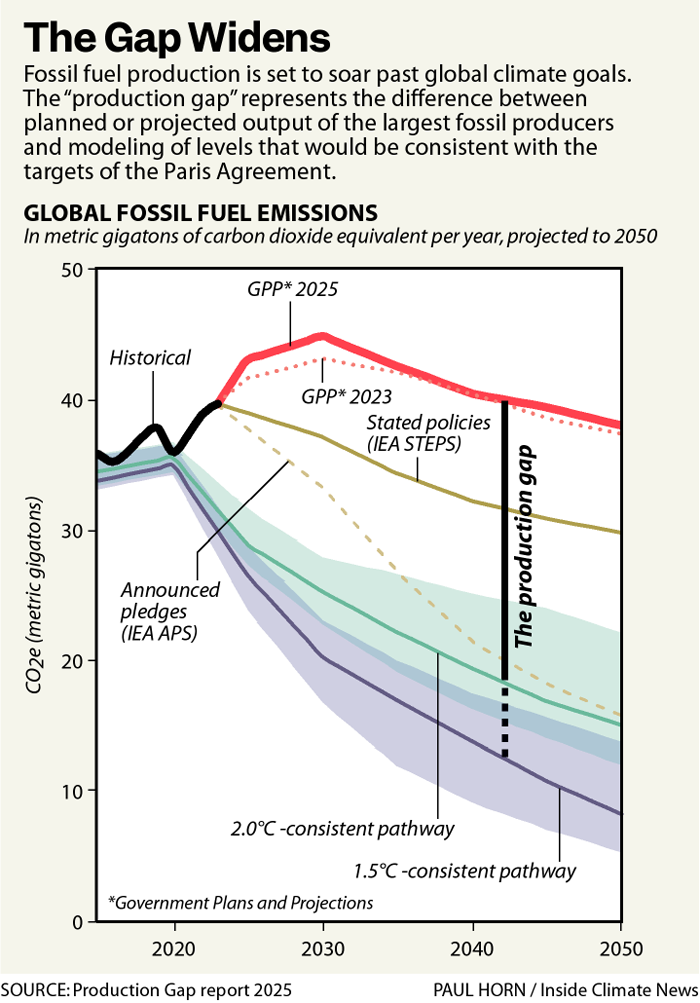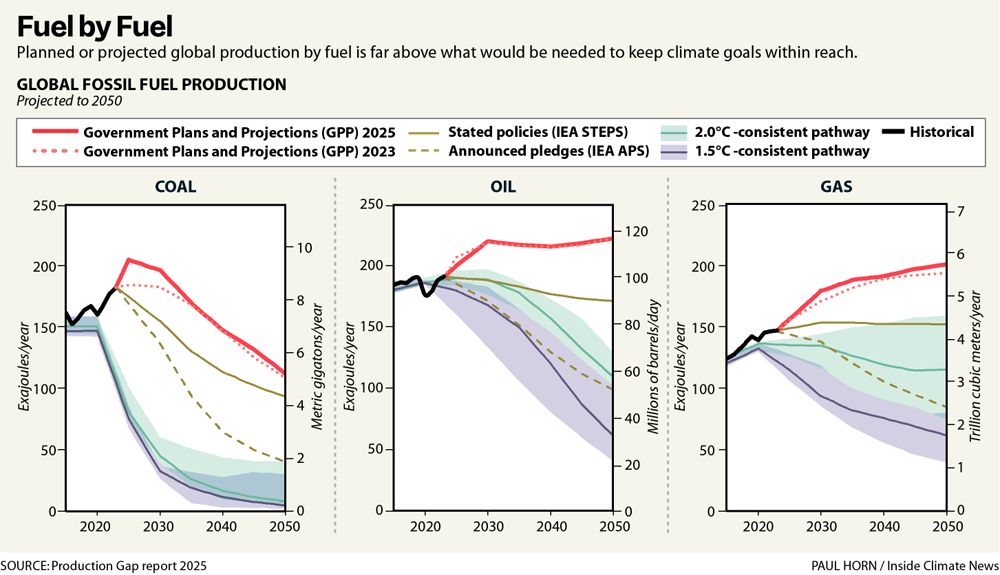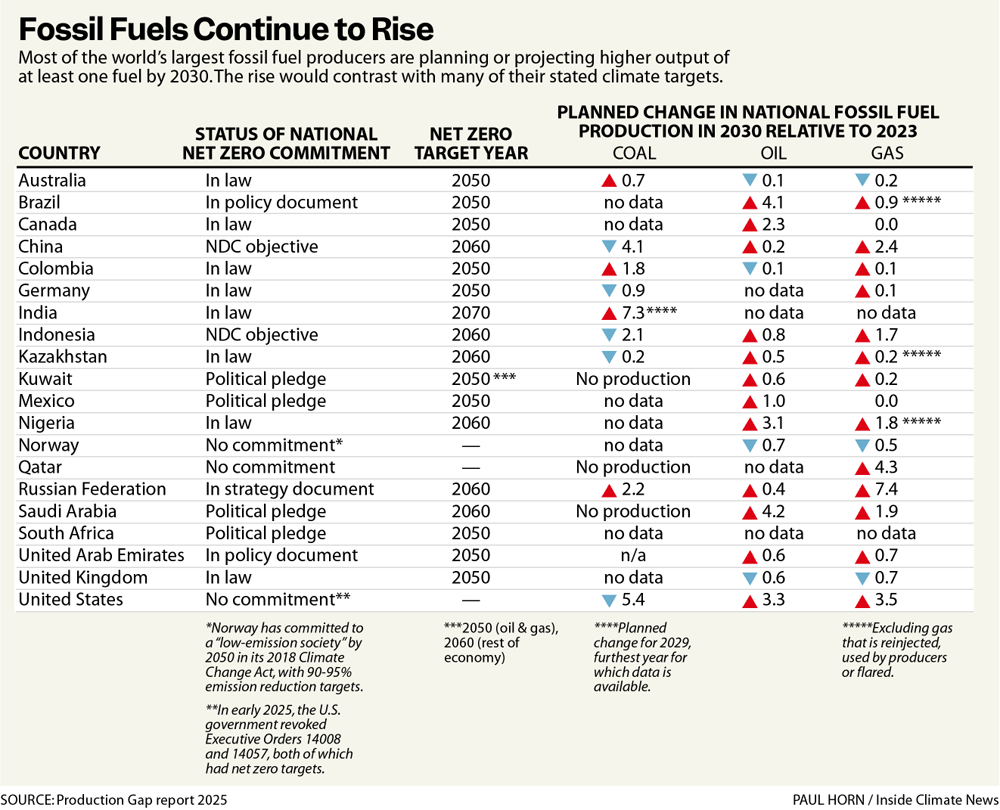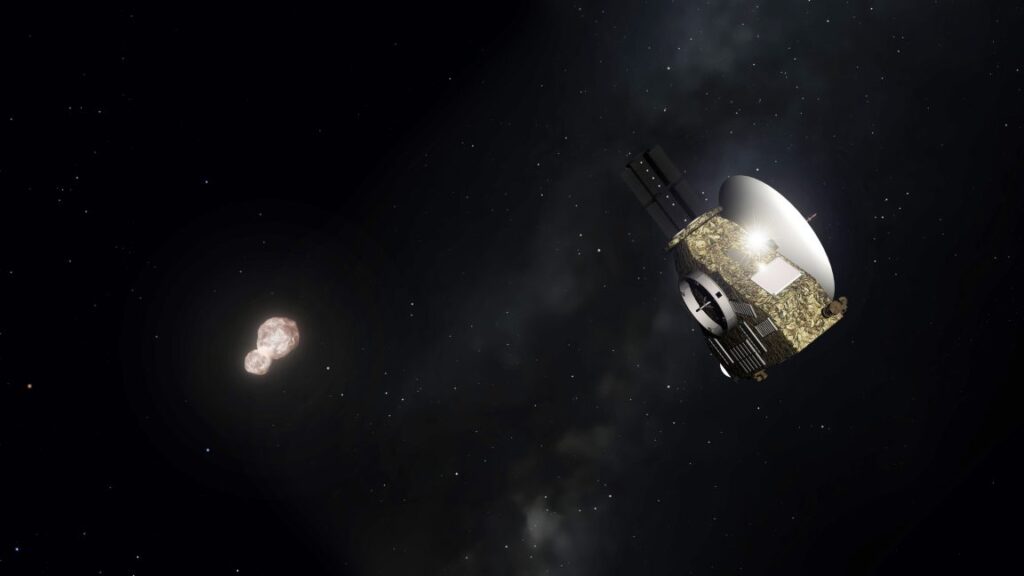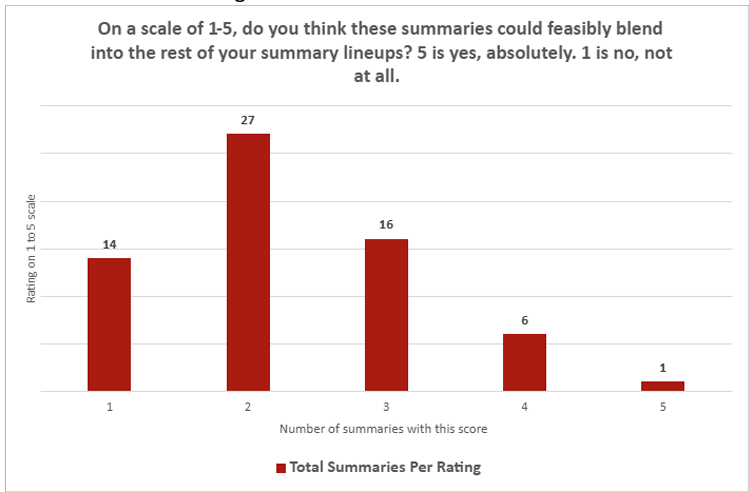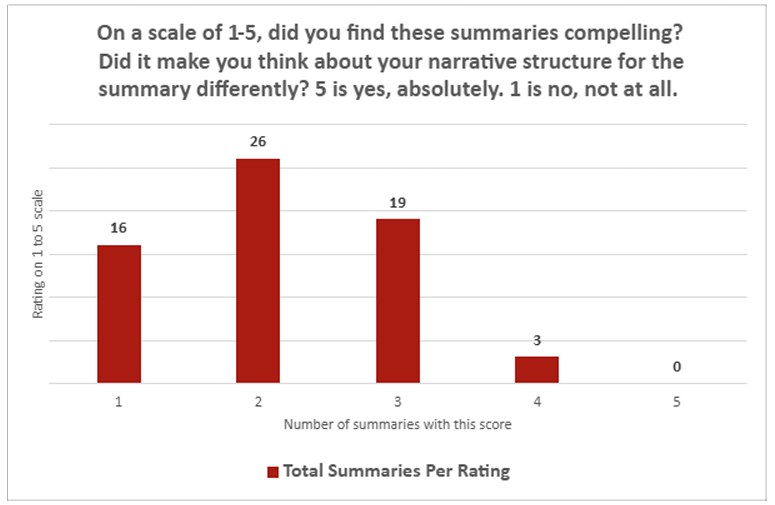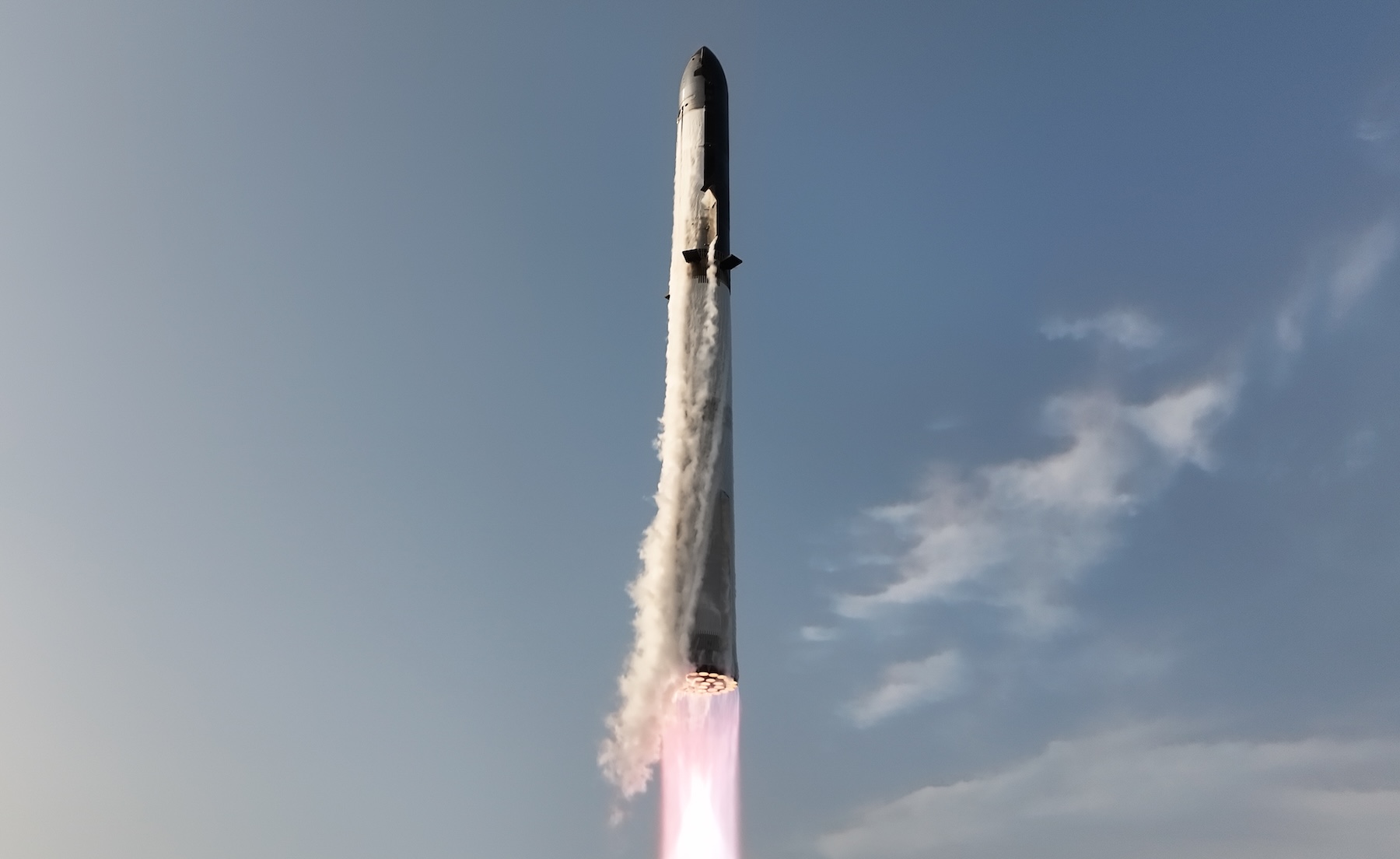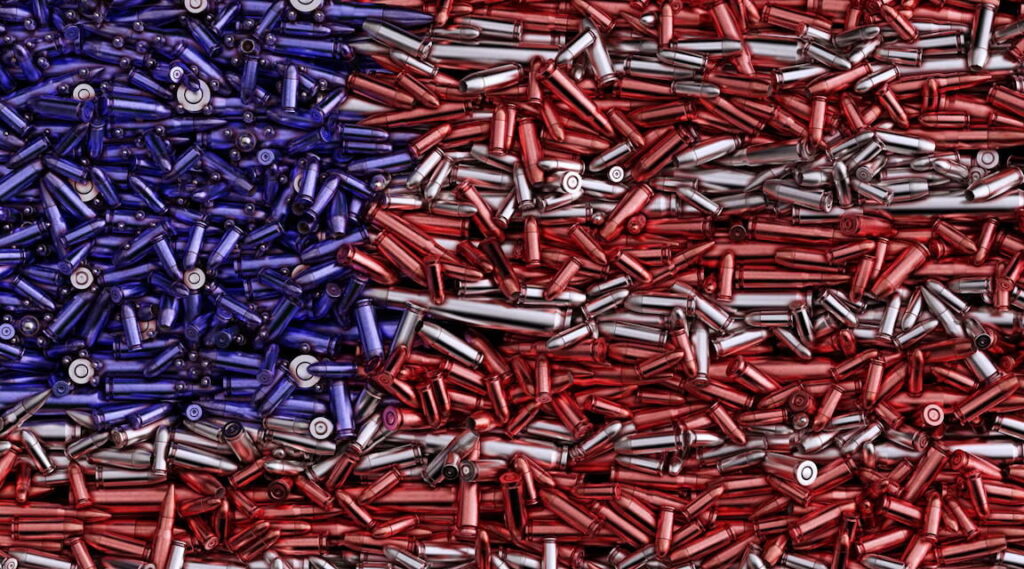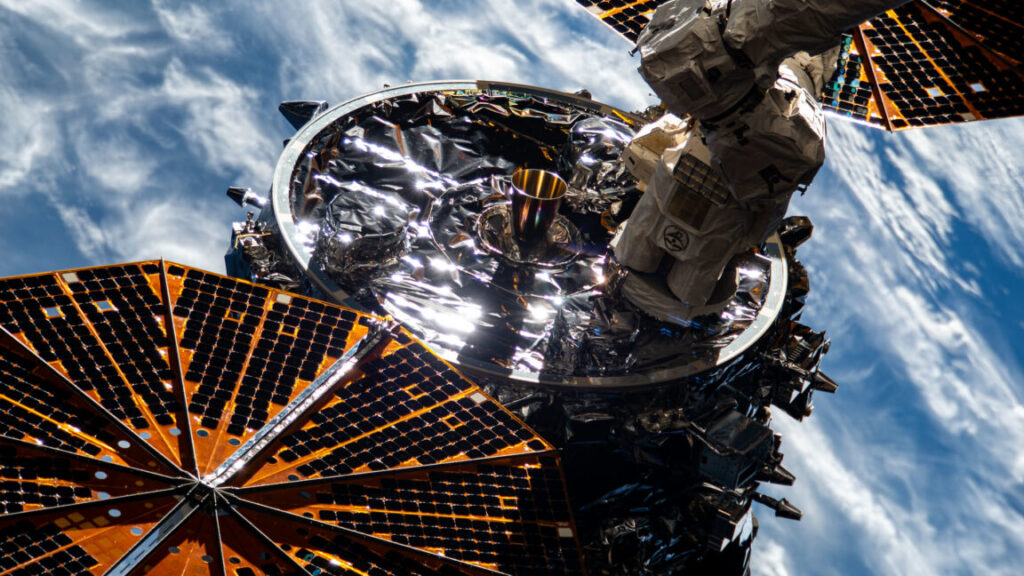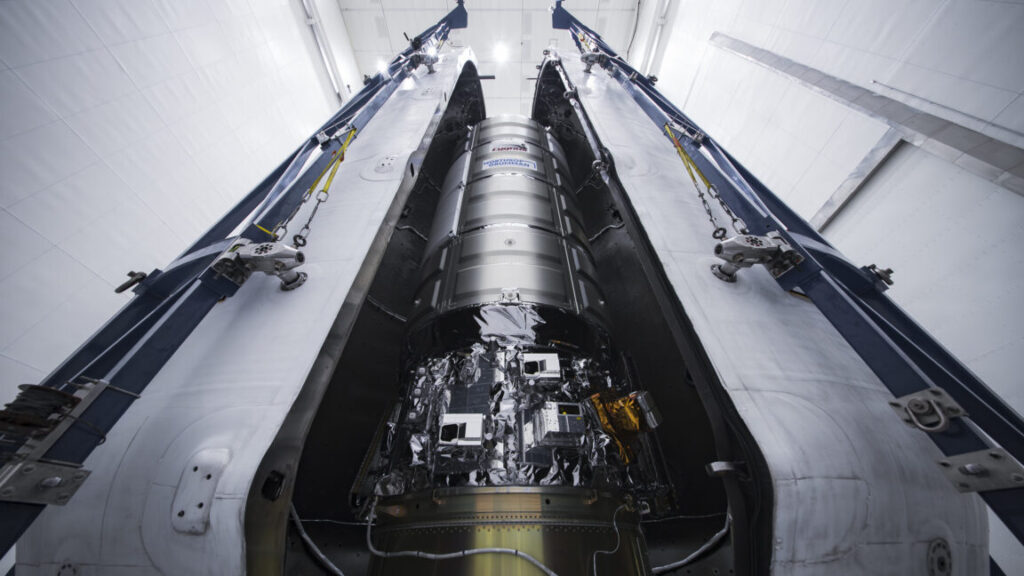Scientists catch a shark threesome on camera
Three sharks, two cameras

Moving the action closer to the surface. Credit: Hugo Lassauce/UniSC-Aquarium des Lagons
Lassauce had two GoPro Hero 5 cameras ready at hand, albeit with questionable battery life. That’s why the video footage has two interruptions to the action: once when he had to switch cameras after getting a “low battery” signal, and a second time when he voluntarily stopped filming to conserve the second camera’s battery. Not much happened for 55 minutes, after all, and he wanted to be sure to capture the pivotal moments in the sequence. Lassauce succeeded and was rewarded with triumphant cheers from his fellow marine biologists on the boat, who knew full well the rarity of what had just been documented for posterity.
The lengthy pre-copulation stage involved all three sharks motionless on the seafloor for nearly an hour, after which the female started swimming with one male shark biting onto each of her pectoral fins. A few minutes later, the first male made his move, “penetrating the female’s cloaca with his left clasper.” Claspers are modified pelvic fins capable of transferring sperm. After the first male shark finished, he lay motionless while the second male held onto the female’s other fin. Then the other shark moved in, did his business, went motionless, and the female shark swam away. The males also swam away soon afterward.
Apart from the scientific first, documenting the sequence is a good indicator that this particular area is a critical mating habitat for leopard sharks, and could lead to better conservation strategies, as well as artificial insemination efforts to “rewild” leopard sharks in Australia and several other countries. “It’s surprising and fascinating that two males were involved sequentially on this occasion,” said co-author Christine Dudgeon, also of UniSC, adding, “From a genetic diversity perspective, we want to find out how many fathers contribute to the batches of eggs laid each year by females.”
Journal of Ethology, 2025. DOI: 10.1007/s10164-025-00866-4 (About DOIs).
Scientists catch a shark threesome on camera Read More »

